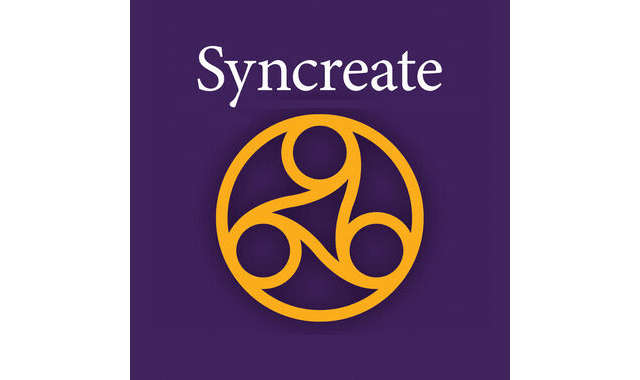World's First and Largest Podcast Network Founded in 2005!
Highlights




Today's Podcast Episodes For Sunday, 12/7/2025
Promoted Episode

1200: Anxiety Stress And Fatigue: What Your Body Is Trying To Tell You And How To Feel Better
The Anxiety Coaches Podcast
HEALTH


Insights To Help Your Horse Load And Travel Well
Mark Langley – Horsemanship
ENTERTAINMENT

From Disney To Entrepreneurship: Kristin Wyza’s Inspiring Journey
BEE INSPIRED! Stories of Change by Caroline Biesalski: Entrepreneur, Investor, Bestseller Author
ENTREPRENEURSHIP

Holiday Pet Safety: Hidden Hazards You’re Not Prepared For
Starlight Pet Talk
LIFESTYLE

ADVENT OF EVIL: Saturday, December 06 – Mason’s Impossible Knowledge
Weird Darkness
ENTERTAINMENT

Nosferatu: The Unauthorized Dracula Film That Was Ordered Destroyed – But Rose From The Grave
Weird Darkness
ENTERTAINMENT


Episode 87: Dotting The Connection
Putting 2&2 Together
ENTERTAINMENT
Sponsored Podcasts
Newest Podcasts
Top Podcasts...
Latest Episodes

1200: Anxiety Stress And Fatigue: What Your Body Is Trying To Tell You And How To Feel Better
From the podcast The Anxiety Coaches Podcast
Released 12/7/2025

High Velocity F1
From the podcast Crap Vegas Podcast
Released 12/7/2025

Insights To Help Your Horse Load And Travel Well
From the podcast Mark Langley – Horsemanship
Released 12/7/2025

From Disney To Entrepreneurship: Kristin Wyza’s Inspiring Journey
From the podcast BEE INSPIRED! Stories of Change by Caroline Biesalski: Entrepreneur, Investor, Bestseller Author
Released 12/7/2025

Holiday Pet Safety: Hidden Hazards You’re Not Prepared For
From the podcast Starlight Pet Talk
Released 12/7/2025

ADVENT OF EVIL: Saturday, December 06 – Mason’s Impossible Knowledge
From the podcast Weird Darkness
Released 12/7/2025

Nosferatu: The Unauthorized Dracula Film That Was Ordered Destroyed – But Rose From The Grave
From the podcast Weird Darkness
Released 12/7/2025

It’s Growing!
From the podcast Awesome News Daily
Released 12/7/2025

Episode 87: Dotting The Connection
From the podcast Putting 2&2 Together
Released 12/7/2025































